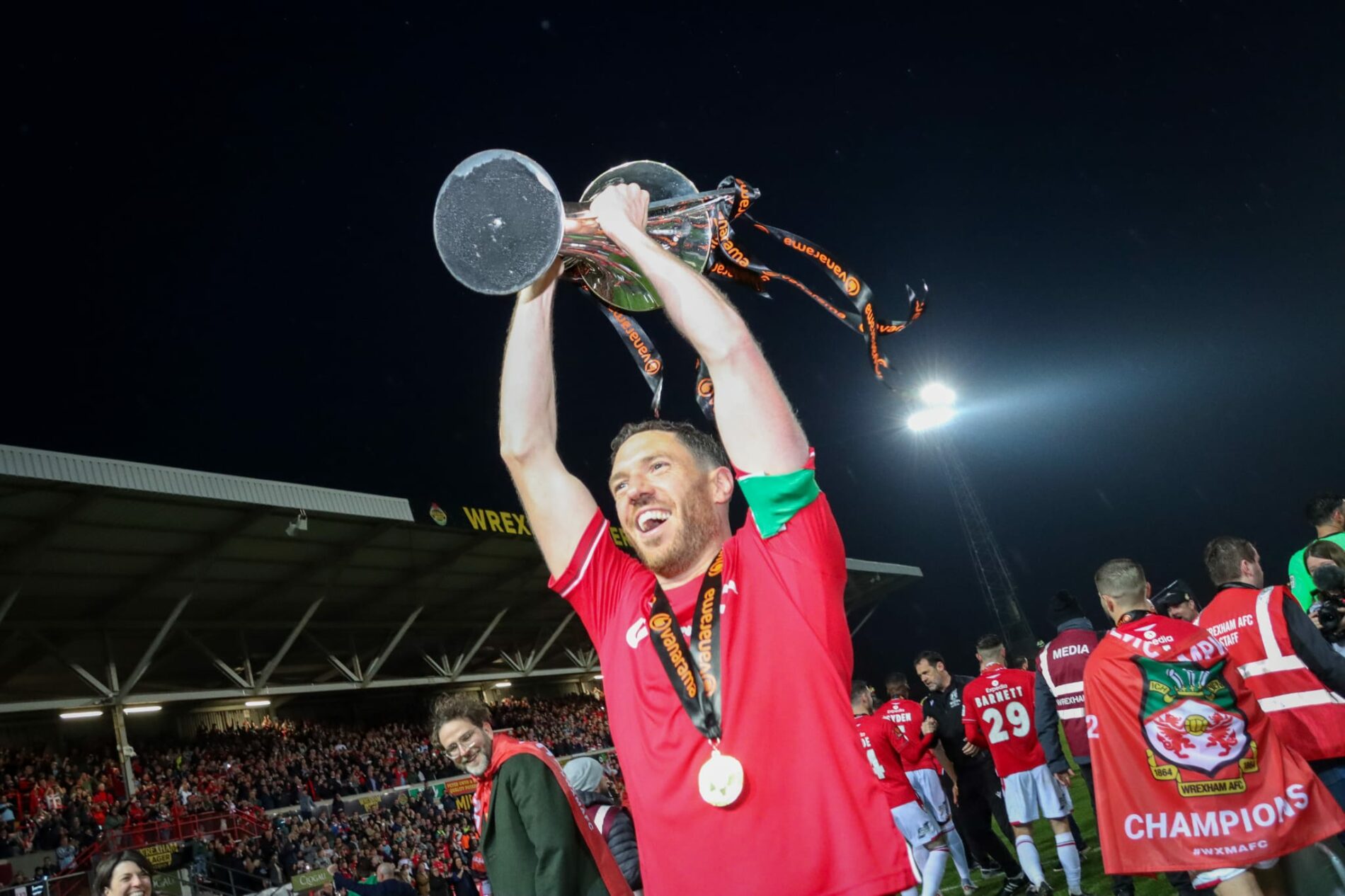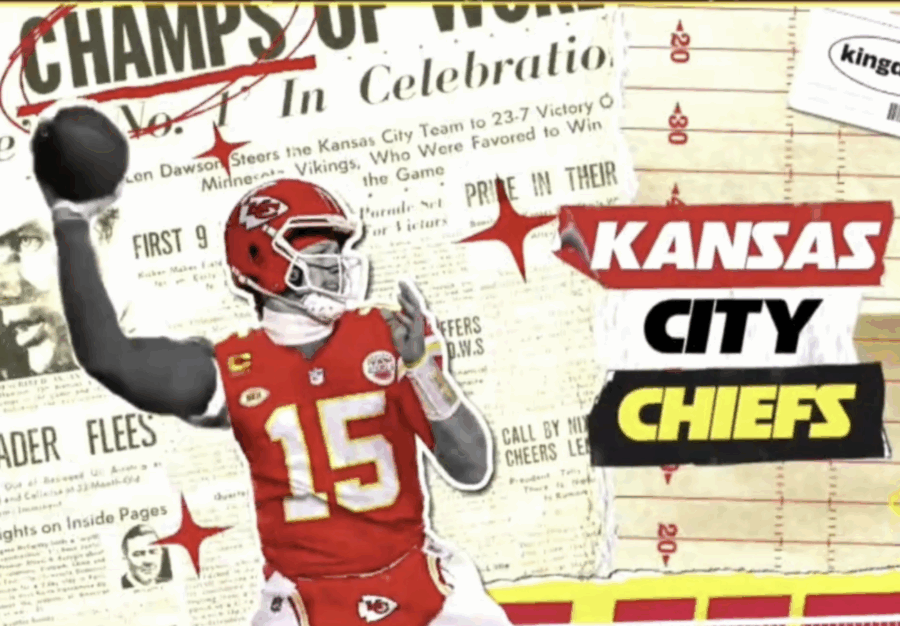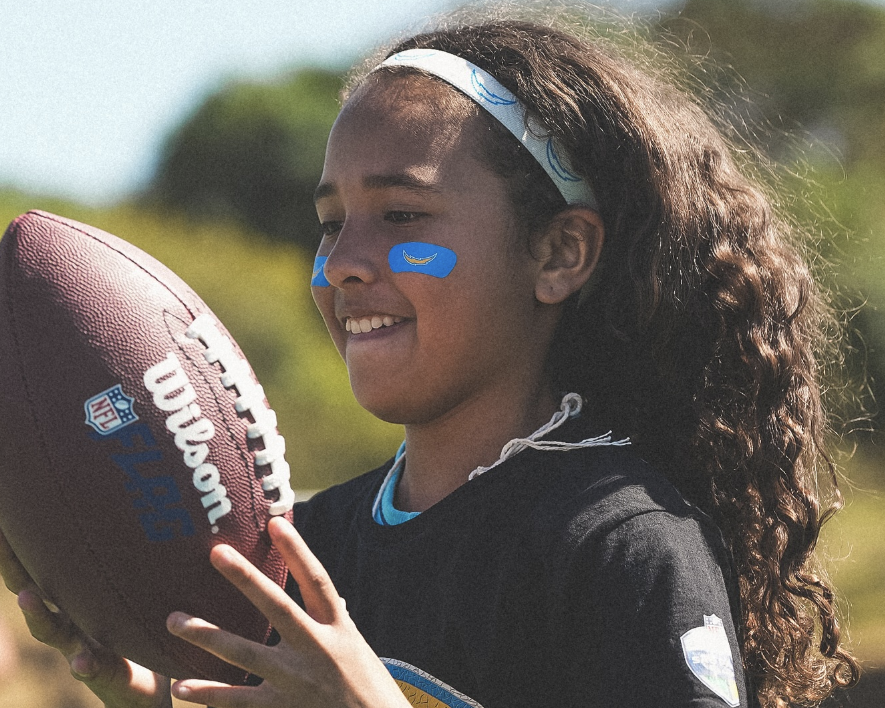‘Welcome To Wrexham”s Hollywood Ending

The sports-focused reality series has long been something of a phenomenon in the United States, drawing in audiences that wouldn’t otherwise connect with sports that are considered niche, or at least far more popular overseas. We’ve seen the phenomenon come into focus most sharply with Formula 1 and the racing circuit’s Netflix documentary Drive to Survive.
It’s also evident in Major League Soccer’s deal with Box to Box, the producers of Drive and the tennis series Break Point. These factors, as well as the fact that the growth of the popularity of football in the United States — as well as the attendant financial benefits, have created something of a perfect storm for Welcome to Wrexham, the documentary series about Hollywood stars Ryan Reynolds and Rob McElhenney‘s purchasing of Welsh football club Wrexham AFC.
The club is one of the world’s most storied, but had fallen on hard times as it slipped down the pyramid of English football (like many of Wales’ professional clubs, Wrexham plays its football in England’s pyramid). The effects of the COVID-19 pandemic had also made life difficult, as it had for many clubs down the leagues who rely to a greater extent on matchday revenue. Reynolds and McElhenney purchased the club in September of 2020, just as an uncertain season was about to kick off.
Over the next two years, the series, which is aired on FX, and not on a streaming-only service, making it the first of its kind in that regard, followed the team through thick and thin. They first avoided relegation and then pushed for promotion, only to have their playoff run end in heartbreak last season. This campaign, though, saw the team’s fortunes improve, as they not only made an impressive run in the FA Cup, but also sealed promotion on the season’s penultimate day. It was, indeed, a Hollywood ending to the season, and one which will make for great television, but more importantly is a look at how the club’s being part of the show affected their reach and what may lie ahead.
Everything I own smells like champagne, beer and grass. I’m still somewhere between giggling and sobbing. This town and this sport is one of the most romantic things on earth. Thank you, @Wrexham_AFC ⚔️🏴⚔️ pic.twitter.com/cxpVRUpkLq
— Ryan Reynolds (@VancityReynolds) April 23, 2023
There’s no secret that the influence of Reynolds, who ranks just outside the top 100 in terms of the most-followed accounts on Twitter and Instagram, with roughly 70M followers combined, will have boosted the club’s profile on social media. But the increasing popularity of the series has also garnered fellow celebrity fans — Russell Crowe has sung the club’s praises, and Paul Rudd was in attendance at the weekend.
This has had a knock-on effect for the club’s social media — it has nearly 600,000 followers on Twitter, a figure exceeded in Major League Soccer only by Atlanta United, and that figure is similarly mirrored across other platforms. While the cynic might argue this is something of a halo effect, it also is worth noting that the narrative currently playing out on the pitch is months from reaching people’s screens — the enthusiasm being generated is as much a product of the team’s results as it is the visibility of the project.
Over the weekend, we smashed past the 1 million follower mark on @tiktok_uk!
🔴⚪️ #WxmAFC pic.twitter.com/kCOTvzD4Ik
— Wrexham AFC (@Wrexham_AFC) April 24, 2023
As a coda, then, the question of what comes next must also be addressed. Reynolds and McElhenney have invested not inconsiderable sums in the playing squad, manager and even upgrades to the ground. But their money, impressive as it is, may not be enough in League Two, where next season’s opponents could include the likes of the David Beckham-backed Salford City. Wrexham’s ground, the Racecourse, is in line with the capacities of most League Two clubs, and the improvements made by Reynolds and McElhenney have been not insubstantial.
A push for promotion to the third tier next season seems unlikely, given what will undoubtedly be a needed improvement in the club’s playing staff, but neither does immediate relegation seem a certainty. Instead, the task that awaits Reynolds and McElhenney is likely more of a narrative one. How does the club establish itself in the next tier, and then push on organically? The Premier League is a stated goal on the part of the two owners, but the reality is far more daunting.
It may not make for great television, but it does bear watching from a social media and commercial perspective. Next season’s script is already written around promotion, but what the club — and the program — do next is the real “must-see-TV” for observers in the football and social media fields.
Header credit Wrexham AFC/Twitter
Other News

News Tank interview: “Samba will serve as a bridge between European clients and the US market”

Samba Digital teams up with the Houston Texans to elevate Somos Texans across the U.S. and Mexico

The Kansas City Chiefs win Emmy Award for “Viva Chiefs’ Kingdom”

Samba Digital announces a new collaboration with FIBA, BCL and BCL Americas

FINAL RESULTS AS OF JUNE 30, 2025 (6 MONTHS)

